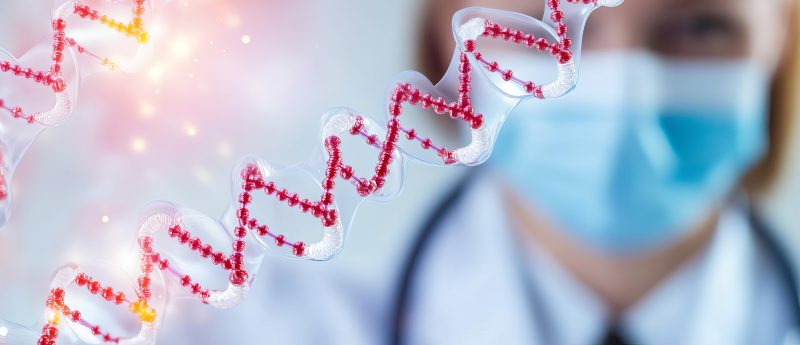Quantification of Large Oligonucleotides using High Resolution MS/MS on the TripleTOFTM 5600 System (SCIEX)

Researcher developing antisense oligonucleotides for gene regulation, genetic control, biopharma advancement
Authors: Thomas Knapman, Vicki Gallant and Martyn Hemsley
Key Challenges of Oligonucleotide Bioanalytical Assay
- The bioanalysis of oligonucleotides as therapeutics requires sensitive, specific and robust analysis.
- Many ELISA-based oligonucleotide measurements do not accurately distinguish large metabolites from the full-length oligonucleotide of interest.
- ELISA- and UV-based measurements have limited dynamic range which complicates quantitative analysis of oligonucleotides in complex matrices.
Key Benefits of MRMHR Workflow for Oligonucleotide Bioanalytical Assay
- High sensitivity MS/MS enables the quantitative MRMHR workflow, providing high selectivity in biological matrices.
- High resolution, accurate mass MS/MS spectra enable qualitative verification of oligonucleotide sequences.
- The MRMHR workflow offers a dynamic range of two to three orders of magnitude.
Unique Features of MRMHR Workflow on TripleTOF™ 5600 System
- Summing of multiple ion transitions to increase both sensitivity and selectivity of quantitation.
- Accelerated method development times, since ion transitions can be selected post-acquisition to eliminate background interferences.
- High multiplexing due to high acquisition speeds (up to 100 spectra per second) for simultaneous quantitation of multiple species, including multiple oligonucleotide sequences and/or their metabolites.
Read the full application note here.
Find out more about SCIEX and their products.






